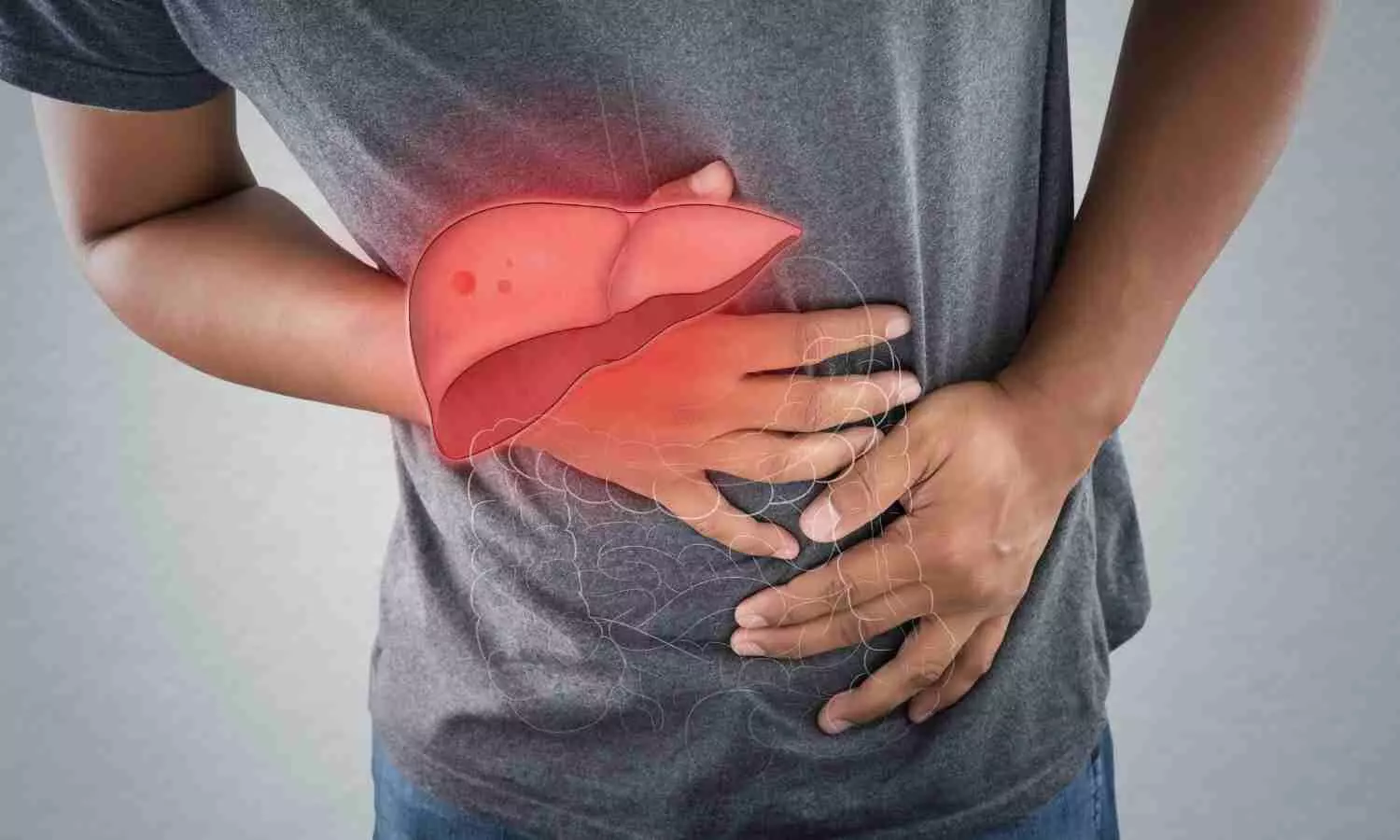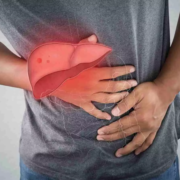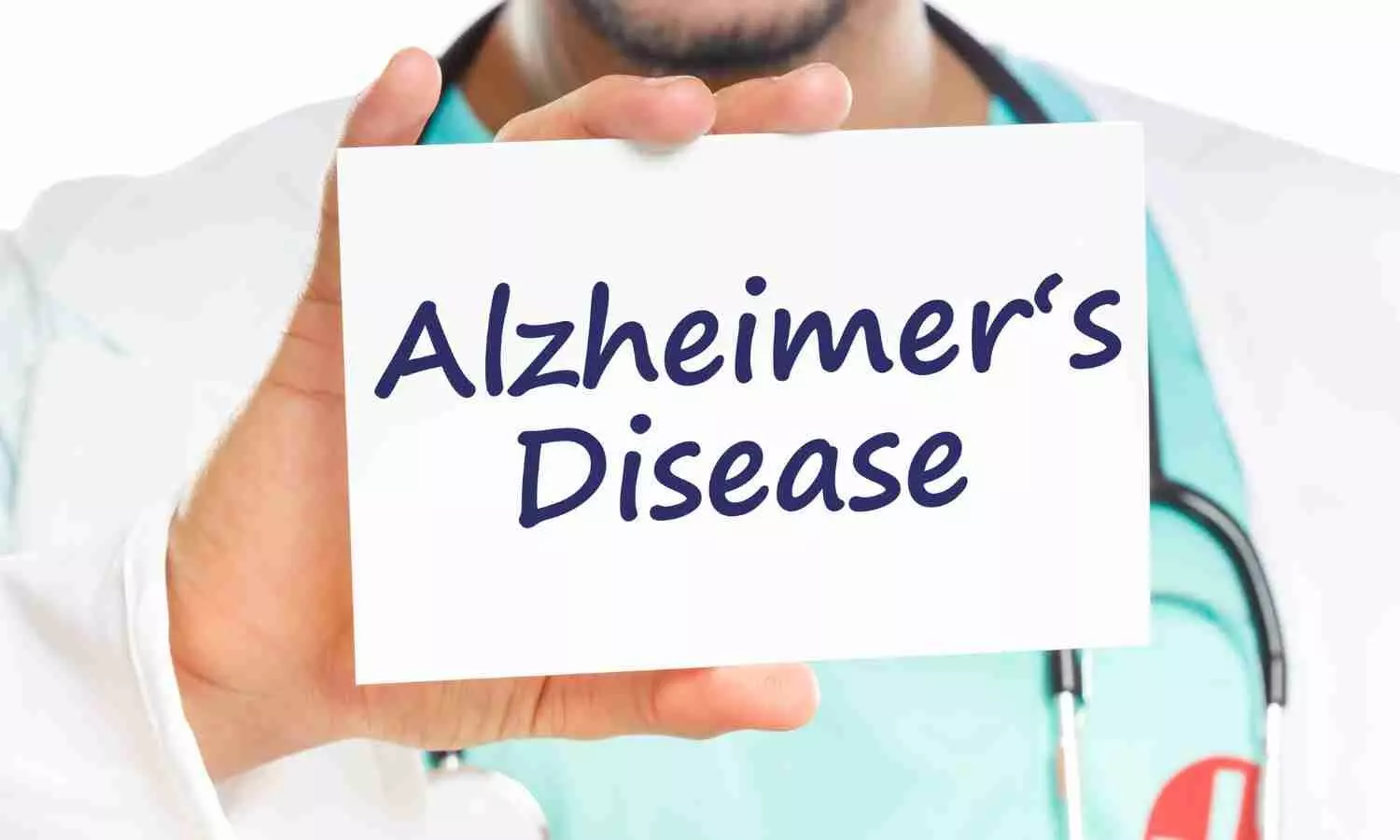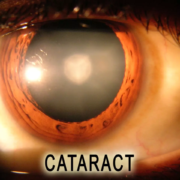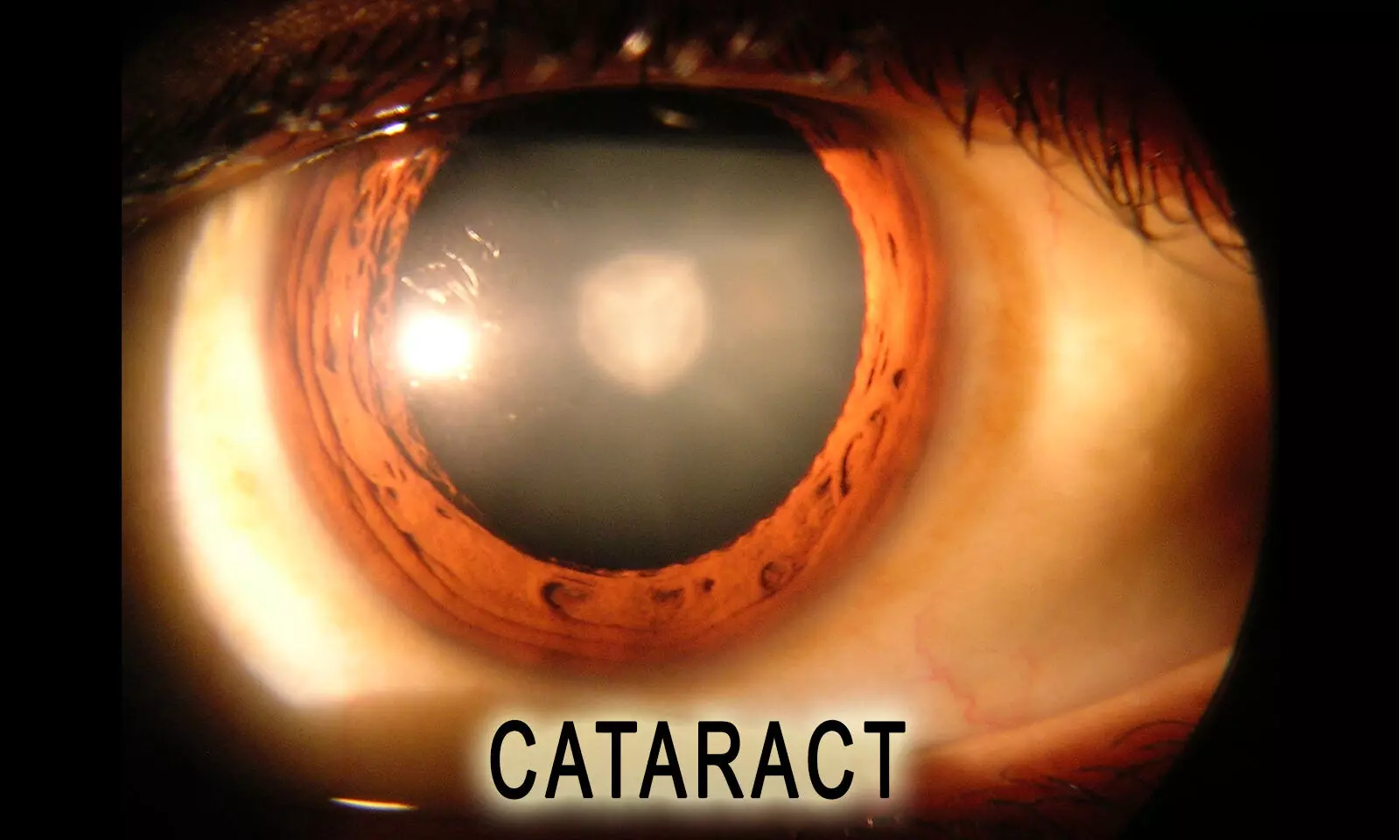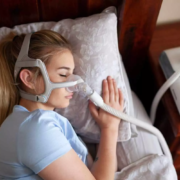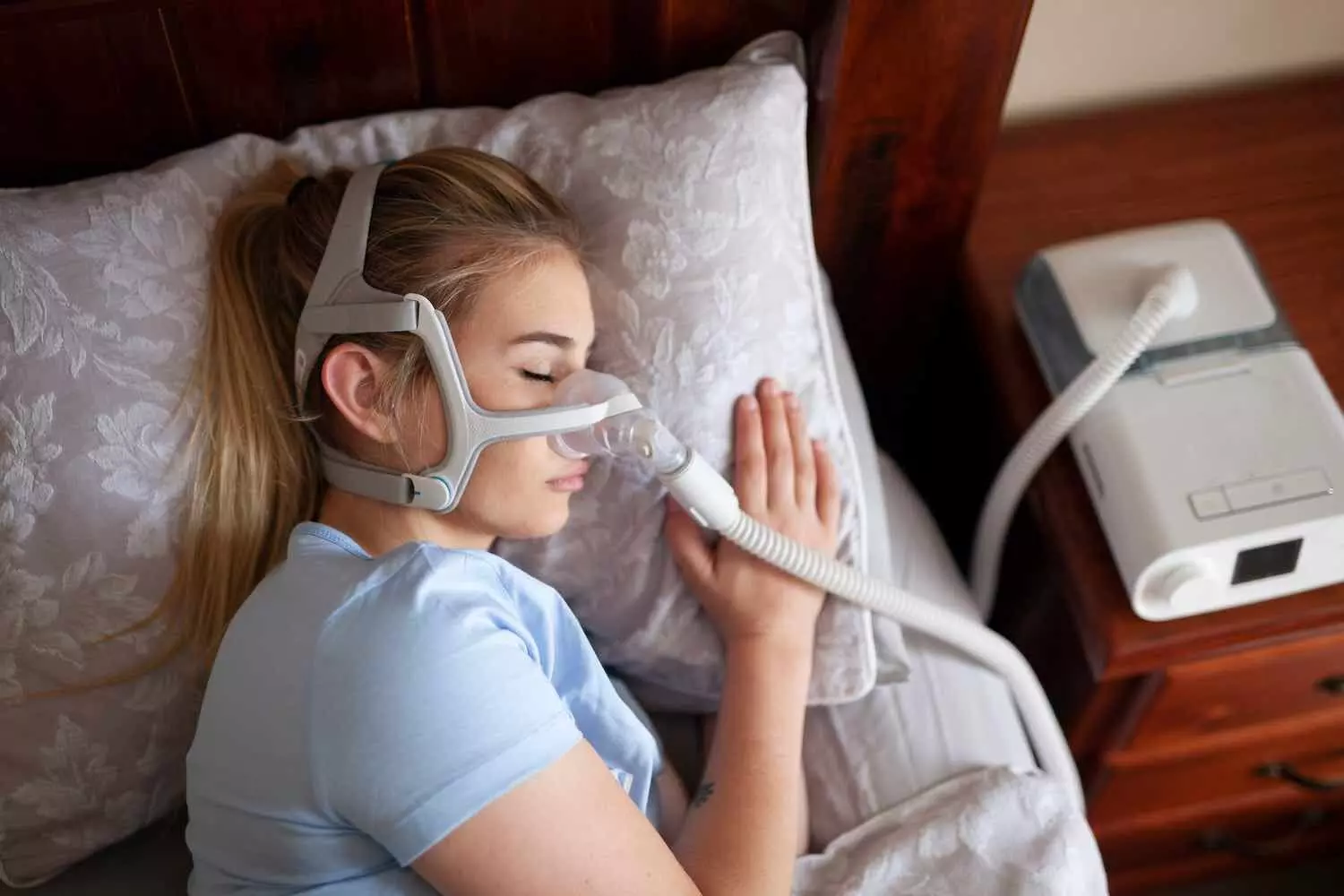
Ranchi: In a recent judgment, the Jharkhand High Court has stated that a private complaint accusing a doctor of medical negligence cannot be entertained unless prima facie evidence is being produced in the form of credible opinion of another doctor to support the negligence of the accused doctor.
Reiterating the legal precedence set by the Supreme Court in this regard in the cases of Jacob Mathew v. State of Punjab, and Martin F. D’ Souza v. Md. Ishfaq, the Jharkhand High Court observed, “In view of the above two judgments of the Hon’ble Supreme Court, it is crystal clear that a private complaint may not be entertained unless the complainant has produced prima facie evidence in the form of credible opinion given by another doctor to support the charge of rashness or negligence on the part of the accused doctor. It appears that to allow the proceeding to continue, will amount to an abuse of the process of law.”
This observation was made by the High Court bench while considering a petition by a doctor seeking quashing of the criminal proceedings against him including the order taking cognizance of the offence under Section 304-A of the Indian Penal Code (IPC) against him.
As per the complainant, his mother died due to gross medical negligence committed by the accused doctors while she was admitted to the Dwaraka Das Jalan Memorial Hospital. The history of the case goes back to 2011 when the patient was admitted to the treating hospital for her weakness and trouble passing urine. At the hospital, the petitioner (the accused doctor) treated the patient and the other accused junior doctors attended her.
It was alleged that based on the advice given by the petitioner doctor, the patient was admitted to the CCU as she was suffering from an Urinary tract infection. The petitioner asked the family of the patient to purchase some medicine and also informed them that since she was suffering from high blood sugar, insulin was required to be administered.
However, the hospital allegedly did not provide proper care to the patient instead they were prescribing medicines that the complainant had to buy from the shop affiliated with the hospital. Further, the hospital allegedly also collected some amount even after the patient’s death and the complainant was completely unaware of the reason for her death.
It was further alleged that one day the patient’s elder son applied for a copy of the documents for a medical claim, and after scrutinizing the medical record, the complainant realised that due to heavy administration of Insulin, the patient died. Also, the instrument used for testing glucose was allegedly faulty which led to an erroneous reading of the blood sugar level. Therefore, accusing the petitioner doctor of medical negligence, the complainant registered a case against him.
On the other hand, the treating doctor refuted these allegations and submitted that there was no medical negligence in the treatment. The doctor submitted that he, along with other doctors put their best efforts into taking care of the patient. However, despite this, they could not save the patient’s life.
While considering the matter, the HC bench relied on the Supreme Court order in the case of Jacob Mathew v. State of Punjab and Martin F. D’ Souza v. Md. Ishfaq and observed that a private complaint may not be entertained unless the complainant has produced prima facie evidence in the form of a credible opinion given by another doctor to support the charge of rashness or negligence on the part of the accused doctor.
With this observation, the HC bench noted,
“It appears that to allow the proceeding to continue, will amount to an abuse of the process of law.”
Accordingly, granting relief to the petitioner doctor, the High Court dismissed the proceedings against him and noted,
“Accordingly, the entire criminal proceeding including the order taking cognizance dated 14.01.2016, by which, cognizance for the offence under Section 304-A of the Indian Penal Code has been taken against the petitioner, in connection with Complaint Case no. 1201 of 2012, pending in the court of learned Judicial Magistrate, Dhanbad, are hereby, quashed.”
To view the order, click on the link below:
https://medicaldialogues.in/pdf_upload/jharkhand-hc-order-242953.pdf
Also Read: Medical Negligence: SC to decide whether State Human Rights Commission can consider Complaint dismissed by NHRC
